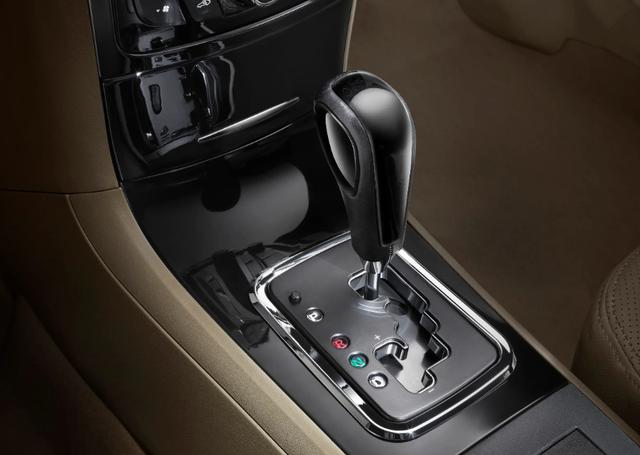Why Do Automatic Transmissions Have 10 Speeds While Manual Transmissions Stick to 5? Is This Design Logical?

Automatic transmissions have 10 speeds while manual transmissions stick to 5 due to practicality, user-friendliness, and market demand. The versatility and durability of 6-speed automatic transmissions have led to the belief that more gears equate to better performance, but manually shifting through more gears can be cumbersome, especially with manually operated clutches.
While shifting through more gears theoretically allows for faster and smoother acceleration, manual operation of the clutch during gear changes can be perceived as less user-friendly. This is particularly true for non-professional drivers or activities like towing where precise gear selection is crucial.
As consumer preferences shift towards automatic transmissions, with the price difference between manual and automatic models often being minimal, the market for manual transmissions is diminishing. Automakers are focusing on automatic transmission models with higher profit margins, leading to a decrease in the development of manual transmission products.
The primary benefit of more gears lies in quicker and smoother acceleration and improved fuel efficiency. However, maintaining a balance between gear density, transmission ratios, and user-friendly operability is essential for manual transmissions. While 10-speed manual transmissions are feasible for optimizing gear ratios and transmission efficiency, they may introduce challenges related to driver adaptability and increased complexity.
On the other hand, the evolution of automatic transmissions with more gears has been driven by technological advancements, cost reduction, and improved engine performance. The transition from 6-speed automatic transmissions to 9-speed or 10-speed variants has been facilitated by improved manufacturing techniques and decreased unit costs.
The cost implications of producing advanced hardware, such as transmission cases, gear sets, and transmission components, contribute to the higher price tags associated with vehicles featuring 9 or 10-speed automatic transmissions.
Ultimately, while a 10-speed manual transmission is technically possible, manually shifting through such a wide range of gears may present challenges for everyday drivers. The advent of advanced computer-controlled automatic transmissions has allowed for the seamless integration of numerous gears, optimizing efficiency without placing the burden of manual gear selection on the driver.
As technology matures and unit costs decline, the implementation of higher-speed automatic transmissions, such as 9 or 10-speed variants, may become more widespread. However, the focus should remain on striking a balance between user-friendly design, transmission efficiency, and overall driving experience. For now, the preservation of 5 or 6-speed manual transmissions in consumer vehicles is a carefully considered compromise that aligns with practical usability and market demands.











